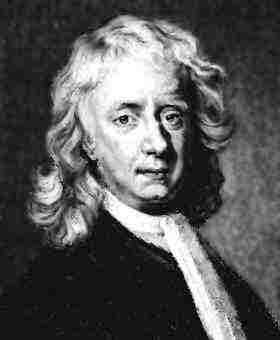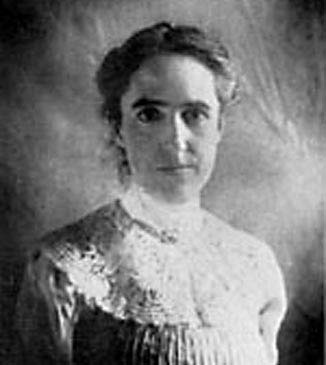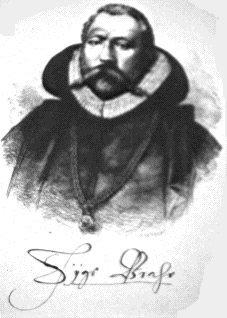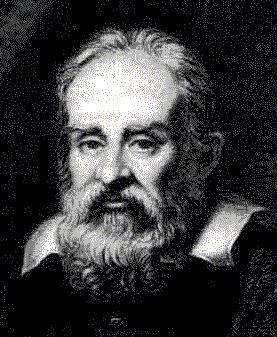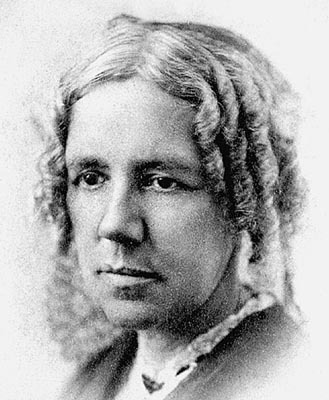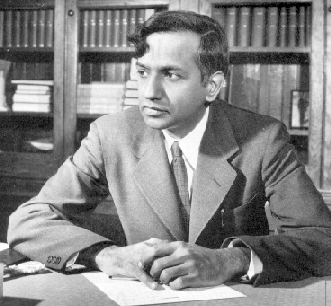2005 April 22 In 1905 Albert Einstein had a miraculous year. One hundred years ago, he wrote four papers which revolutionized our understanding of the Universe. The papers outlined; the idea that light could behave as a quantized particle (a photon), an explanation of the thermal motion of atoms and molecules (at a time when atoms themselves were just theories), a theory reconciling motion and the constant speed of light (Special Relativity), and the idea of mass-energy equivalence (E=mc²). Virtually every facet of our modern exploration of the Universe is touched by his now century old insights, along with his later theory of gravity and space-time- General Relativity. In centennial celebration, consider this thoughtful view of a small telescope beside the Einstein Memorial on the grounds of the National Academy of Sciences in Washington DC, USA. The marble platform at the bronze statue's feet is embedded with a map showing the positions of the planets, sun, moon and stars on the memorial's dedication date, 100 years after Einstein's birth in 1879. Albert Einstein died 50 years ago, on April 18, 1955.
2002 February 24
2002 January 13 Sixteen hundred years ago, Hypatia became one of the world's leading scholars in mathematics and astronomy. Hypatia's legendary knowledge, modesty, and public speaking ability flourished during the era of the Great Library of Alexandria. Hypatia is credited with contributions to geometry and astrometry, and she is thought instrumental in the development of the sky-measuring astrolabe. "Reserve your right to think, for even to think wrongly is better than not to think at all," Hypatia is credited with saying. "To teach superstitions as truth is a most terrible thing."
2000 September 3 Humanity's understanding of the relative brightness and variability of stars was revolutionized by the work of Henrietta Swan Leavitt (1868-1921). Working at Harvard College Observatory, Leavitt precisely calibrated the photographic magnitudes of 47 stars to which all other stars could be compared. Leavitt discovered and cataloged over 1500 variable stars in the nearby Magellanic Clouds. From this catalog, Leavitt discovered that brighter Cepheid variable stars take longer to vary, a fact used today to calibrate the distance scale of our universe.
June 6, 1999 Johannes Kepler used simple mathematics to describe how planets move. Kepler was an assistant to the most accurate astronomical observer of the time, Tycho Brahe. Kepler was able to use Brahe's data to show that planets move in ellipses around the Sun (Kepler's First Law), that planets move proportionally faster in their orbits when they are nearer the Sun (Kepler's Second Law), and that more distant planets take proportionally longer to orbit the Sun (Kepler's Third Law).Kepler lived from 1571 to 1630, during the time of discovery of the telescope. Kepler was one of the few vocal supporters of Galileo's discoveries and the Copernican system of planets orbiting the Sun instead of the Earth.
May 30, 1999 Tycho Brahe was the most meticulous astronomical observer of his time. Brahe, who lived between 1546 and 1601,set out to solve the day's most pressing astronomical problem:to determine whether the Earth or the Sun was at the center of the Solar System. To do this he and his assistants created the first major astronomical observatory where they devised and used the most accurate pre-telescopic astronomical instruments. Tycho Brahe thus compiled tables of precise measurements of the positions and brightnesses of planets and stars.Brahenever solved the Solar System problem himself -but left data so impressively accurate his assistantJohannes Keplerwas able to develop definitive laws. Brahe is also remembered for witnessing a supernova in 1572,showing that the Great Comet of 1577 was not an atmospheric phenomena, and for his metal nose
September 13, 1998 Galileo Galilei made a good discovery great. Upon hearing at age 40 that a Dutch optician had invented a glass that made distant objects appear larger, Galileo crafted his own telescope and turned it toward the sky. Galileo quickly discovered that our Moon had craters, that Jupiter had its own moons, that the Sun has spots, and that Venus has phases like our Moon.Galileo, who lived from 1564 to 1642, made many more discoveries. Galileoclaimed that his observations only made sense if all the planets revolved around the Sun, as championed by Aristarchus and Copernicus, not the Earth,as was commonly believed then. The powerful Inquisition made Galileo publicly recant this conclusion, but today we know he was correct.
October 1, 1997 "Do not look at stars as bright spots only - try to take in the vastness of the universe." Today is the 150th anniversary of the day Maria Mitchell swept the sky with her telescope and discovered the comet of 1847 (comet Mitchell 1847VI). Honored and recognized internationally for her discovery, Mitchell, who lived from 1818 to 1889, became one of the most famous American scientists of her day. Vassar College appointed Mitchell the first woman Professor of Astronomy and she remained the only woman ever elected to the American Academy of Arts and Sciences until 1943. Mitchell mentored a generation of scientists, and is fondly remembered for her ability to motivate. "We especially need imagination in science," Maria Mitchell said. "Question everything."
December 26, 1996 Carl Sagan died last Friday at the age of 62. Saganwas the world's most famous astronomer. Among his many activities as a scientist, he contributed to the discovery that the atmosphere of Venus is prohibitively hot and dense, and found evidence that Saturn's moon Titan contains oceans stocked with the building blocks of life. Saganwas an outspoken proponent of the search for extra-terrestrial life,including sending probes to other planets and listening with large radio telescopes for signals from intelligent aliens. Sagan's outstanding ability to explain allowed almost a billion people to better understand the cosmos in which they live.
September 1, 1995

